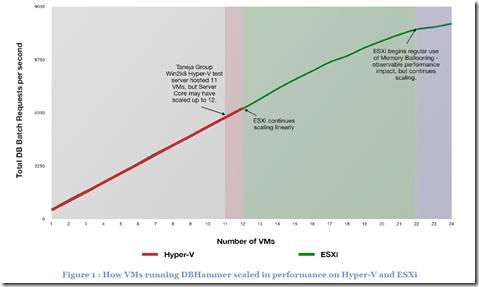
Understanding Cost Per Bit Rate: A Comprehensive Guide
When it comes to understanding the cost per bit rate, it’s essential to delve into the intricacies of data transmission and the factors that influence pricing. Cost per bit rate refers to the amount of money you pay for each bit of data transmitted over a network. This metric is crucial for businesses and individuals alike, as it directly impacts the overall cost of data usage. In this article, we will explore the various dimensions of cost per bit rate, providing you with a comprehensive understanding of this critical concept.
What is Cost Per Bit Rate?

Cost per bit rate is a measure of the cost associated with transmitting data over a network. It is calculated by dividing the total cost of data transmission by the total number of bits transmitted. This metric is particularly relevant in scenarios where data transfer is a significant expense, such as in large-scale data centers or telecommunications networks.
Factors Influencing Cost Per Bit Rate

Several factors can influence the cost per bit rate, and it’s essential to consider these variables to gain a comprehensive understanding of the pricing structure. Here are some of the key factors:
-
Bandwidth: The amount of data that can be transmitted over a network in a given time frame. Higher bandwidth typically results in a lower cost per bit rate.
-
Distance: The physical distance between the sender and receiver can impact the cost per bit rate. Longer distances often require more expensive infrastructure, leading to higher costs.
-
Network Type: Different types of networks, such as fiber optic, DSL, or satellite, have varying cost structures. Fiber optic networks generally offer the lowest cost per bit rate.
-
Data Transfer Speed: Faster data transfer speeds can lead to a lower cost per bit rate, as more data can be transmitted in a shorter amount of time.
-
Network Congestion: High network congestion can increase the cost per bit rate, as additional resources may be required to manage the increased traffic.
-
Service Provider: Different service providers may offer varying cost per bit rates, depending on their pricing strategies and infrastructure investments.
Calculating Cost Per Bit Rate

Calculating the cost per bit rate is relatively straightforward. Here’s a step-by-step guide:
-
Determine the total cost of data transmission for a specific period.
-
Calculate the total number of bits transmitted during the same period.
-
Divide the total cost by the total number of bits to obtain the cost per bit rate.
For example, if you spent $100 on data transmission over a period of one month and transmitted 10 billion bits, your cost per bit rate would be $0.00001 per bit.
Comparing Cost Per Bit Rates
When comparing cost per bit rates from different service providers or network types, it’s essential to consider the factors mentioned earlier. Here’s a table comparing the cost per bit rates for various network types:
| Network Type | Cost Per Bit Rate (USD) |
|---|---|
| Fiber Optic | 0.00001 – 0.0001 |
| DSL | 0.0001 – 0.001 |
| Satellite | 0.001 – 0.01 |
As you can see, fiber optic networks generally offer the lowest cost per bit rate, followed by DSL and satellite networks.
Optimizing Cost Per Bit Rate
There are several ways to optimize your cost per bit rate:
-
Choose the right network type: As mentioned earlier, fiber optic networks typically offer the lowest cost per bit rate. Consider upgrading to a fiber optic network if possible.
-
Optimize your data usage: By reducing unnecessary data usage, you can lower your overall cost per bit rate.
-
Use compression techniques: Compression can reduce the amount of data transmitted, thereby lowering the cost per bit rate.







